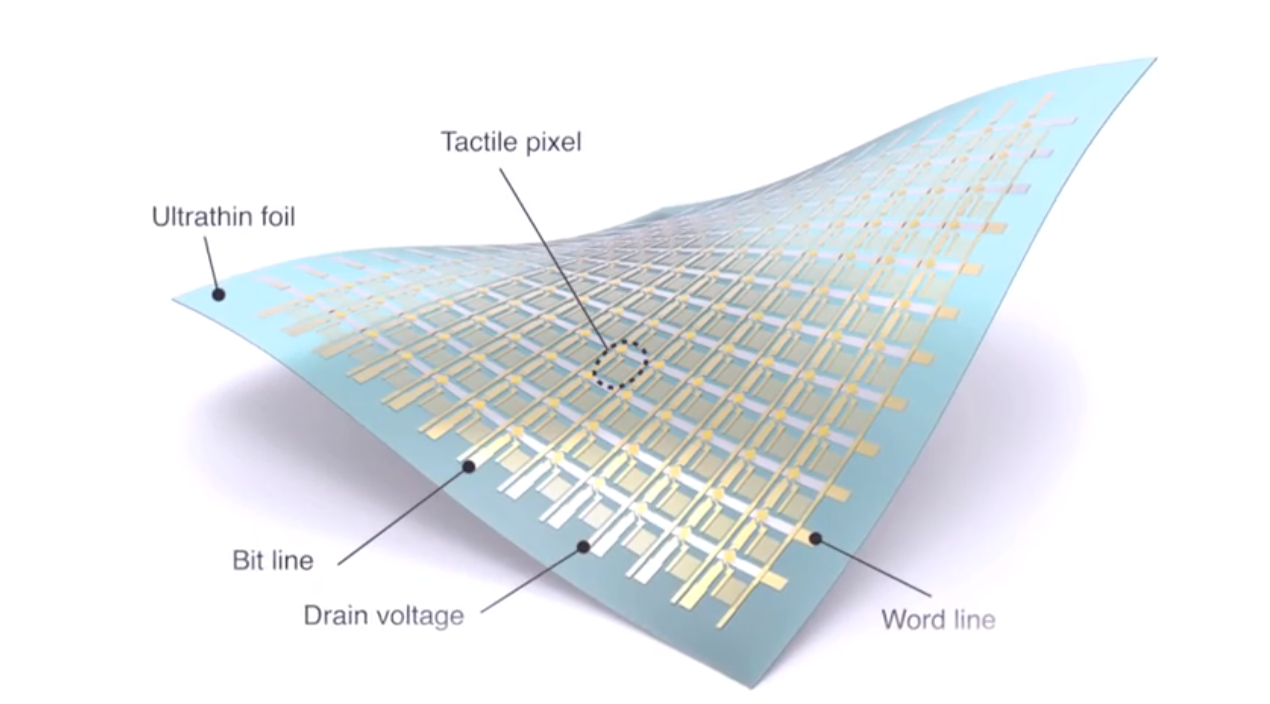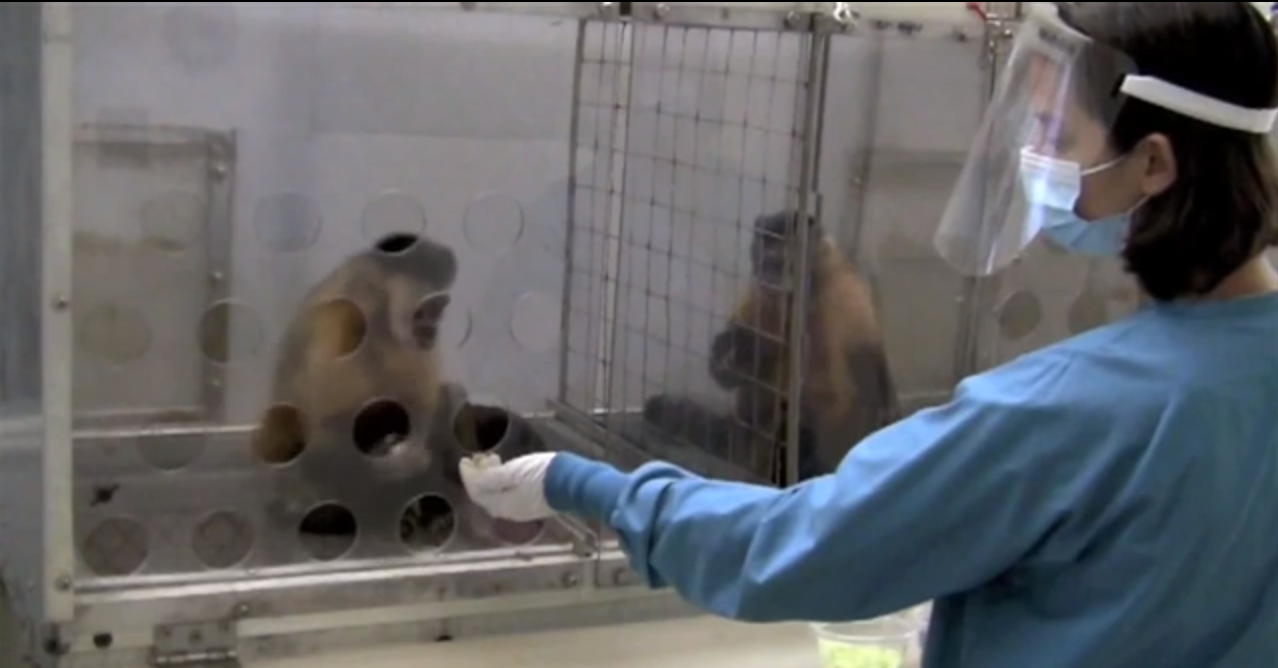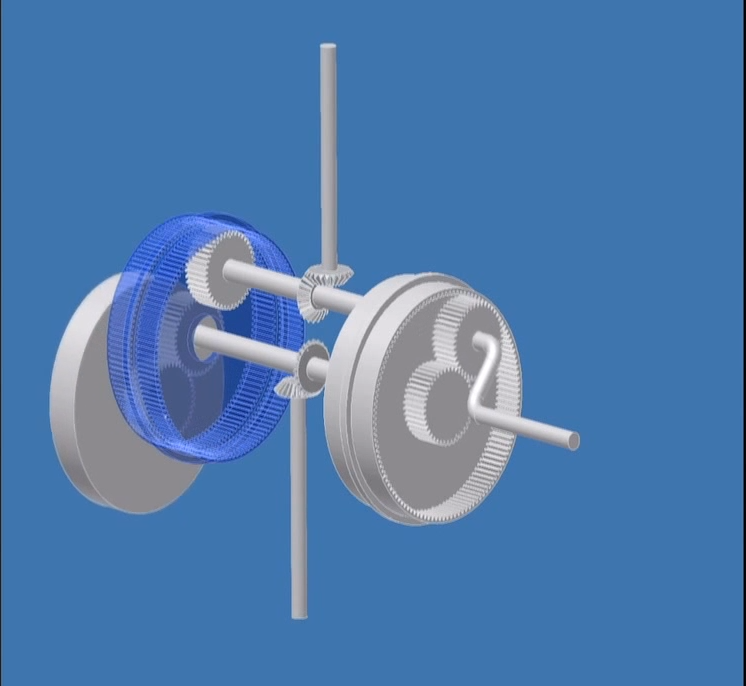 Now I don’t know if this title is alluding to the fact that the men and women on the ground were terrified the Curiosity would not land properly, or the feelings of the Curiosity itself or those aboard, had there been people aboard, but regardless, the descent of the Curiosity was quite terrifying, as this infographic shows.
Now I don’t know if this title is alluding to the fact that the men and women on the ground were terrified the Curiosity would not land properly, or the feelings of the Curiosity itself or those aboard, had there been people aboard, but regardless, the descent of the Curiosity was quite terrifying, as this infographic shows.
From approaching at 13,000 mph to the final soft landing, there is a lot of gear required. There are cameras and antenna everywhere to monitor the descent, and signals it will use to know when to expel various equipment. It has a heat shield for entry into the atmosphere which will separate at 370 mph. It has a 100 pound parachute that will be deployed at 900 mph. It even has equipment that will attach to the surface of mars and lower it slowly the rest of the way, and then blown off to detach. There cannot be any chance of damage.
What do we use here on Earth that has this many precautions? What happens when a hair dryer is used for a long time? What happens when we cook something and it burns, filling the air with smoke? How could we use some of this technology to make other things, such as cars safer? Do you believe this is cost effective technology to keep a loved one safe?

 Here’s another example of an invention that might fly under the radar as something that will vastly improve our lives. This is the kind of thing that takes us from holding phones in our hands to holding them in our brains. There are, of course, more important uses such as the medical advantages they outline in the video, but I like to think about the fun ones as well.
Here’s another example of an invention that might fly under the radar as something that will vastly improve our lives. This is the kind of thing that takes us from holding phones in our hands to holding them in our brains. There are, of course, more important uses such as the medical advantages they outline in the video, but I like to think about the fun ones as well. 
 Here’s an excerpt from a TED Talk of primatologist Frans de Waal. He shows footage from a behavioral study where they gave two monkeys uneven payment for doing the same task. We expect for the monkey that gets paid less to react negatively but exactly what he does is a little surprising.
Here’s an excerpt from a TED Talk of primatologist Frans de Waal. He shows footage from a behavioral study where they gave two monkeys uneven payment for doing the same task. We expect for the monkey that gets paid less to react negatively but exactly what he does is a little surprising. Check out this very comprehensive video from the 1930s about car transmissions and exactly how they work. Pretty neat that you can learn so much from something that is practically a century old.
Check out this very comprehensive video from the 1930s about car transmissions and exactly how they work. Pretty neat that you can learn so much from something that is practically a century old. 
 Here we have another product of individual creativity, a new type of transmission that can shift from the top gear to reverse without thinking twice. I can’t say I understand completely how it works after watching the video but they do manage to explain it thoroughly.
Here we have another product of individual creativity, a new type of transmission that can shift from the top gear to reverse without thinking twice. I can’t say I understand completely how it works after watching the video but they do manage to explain it thoroughly. 
 This video shows a demonstration of a concept for high-speed travel that will blow anything we currently have out of the water. You and your family can step in to one of these tubes and get on the other side of the world in a matter of hours.
This video shows a demonstration of a concept for high-speed travel that will blow anything we currently have out of the water. You and your family can step in to one of these tubes and get on the other side of the world in a matter of hours.